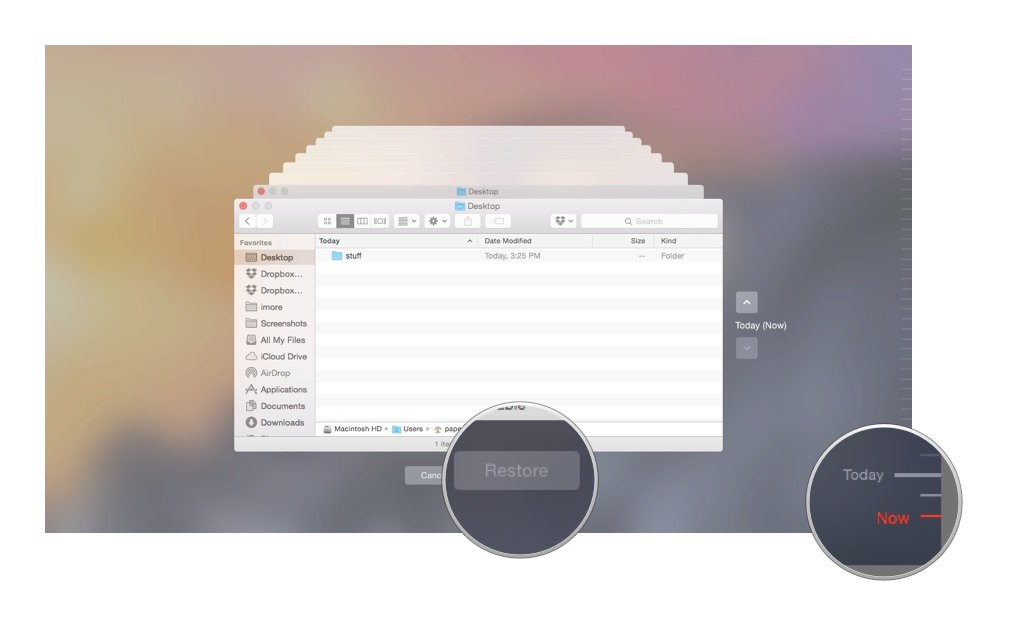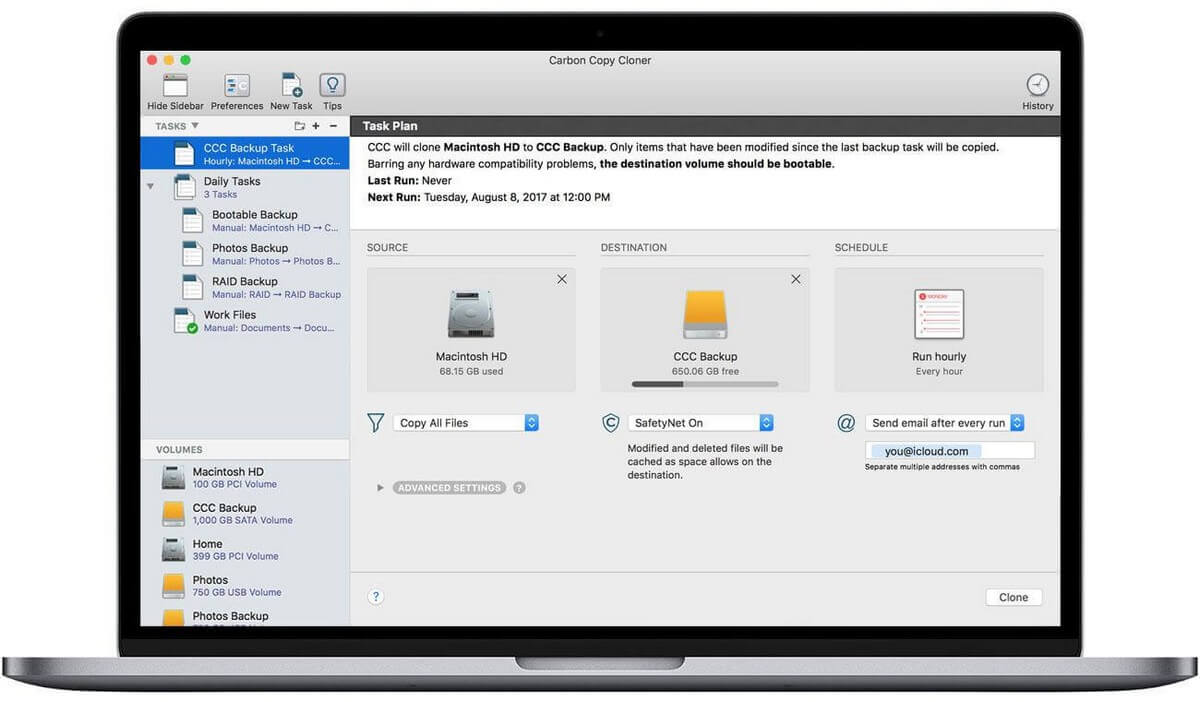

- #What is time machine on mac and how does it work how to#
- #What is time machine on mac and how does it work mac os x#
- #What is time machine on mac and how does it work full#
- #What is time machine on mac and how does it work software#
This initial backup can take some time, so be patient and allow it to finish.

#What is time machine on mac and how does it work full#
Time Machine performs a full backup of your Mac when it is first set up. How often does Time Machine back up your Mac, and for how long?
#What is time machine on mac and how does it work how to#
We show you how to use Time Machine and answer “how long does Time machine take” on your Mac: While what Time Machine does is surprisingly complex, setting it up and using this feature is quite simple. Time Machine is unique among most backup applications in that it captures exactly what was on your Mac on any day in the past, making it easy to recover files, emails or media that may have been inadvertently deleted. That feature is Time Machine, a built-in backup application used to keep an up-to-date copy of all of the files on your Mac.
#What is time machine on mac and how does it work mac os x#
Not every question will be answered, we don’t reply to email, and we cannot provide direct troubleshooting advice.Whether you’re new to the Mac platform or have been using it for years, there’s one feature built into Mac OS X or macOS that you should not only know about, but use. If not, we’re always looking for new problems to solve! Email yours to including screen captures as appropriate, and whether you want your full name used. We’ve compiled a list of the questions we get asked most frequently along with answers and links to columns: read our super FAQ to see if your question is covered.

This Mac 911 article is in response to a question submitted by Macworld reader Chris.
#What is time machine on mac and how does it work software#
You can use Arq or ChronoSync for incremental backups, the above cloning software for nightly updates to another drive, and/or an cloud-hosted backup service that archives external drives as well as your startup volume, like Backblaze. However, if you need a formatted drive compatible with Windows or other platforms, you will need to skip Time Machine. The solution is to make a copy through another means-Disk Utility or a cloning tool like SuperDuper! or Carbon Copy Cloner-and then erase the original drive, reformatting it with one of the types acceptable to Time Machine. If the Format line reads anything but APFS or “Mac OS Extended (Journaled)”, Time Machine can’t handle it. (If it doesn’t appear, select Finder > Preferences, click General, and check the External Disks box.) If you’re not sure how your drive is formatted: While Macs can back up to a networked Time Machine destination, including a Time Capsule, all drives backed up still must be HFS+ or APFS formatted. Time Machine can only back up volumes formatted either as HFS+ or the newer APFS format. Time Machine volumes must be HFS+ formatted, listed in Disk Utility as “Mac OS Extended (Journaled)”. While I’ve covered this in previous columns, it’s worth a quick refresher, given how many people are apparently currently dealing with this. That’s because the drive isn’t formatted in a way that Time Machine can back up files from. (Open the Time Machine preference pane and click Options to see that list.) Many people have asked why their external drive appears and is grayed-out in the Time Machine preference pane’s excluded list. To judge by a recent spate of email, Mac users are using Windows and Unix/Linux compatible drives more than ever.


 0 kommentar(er)
0 kommentar(er)
